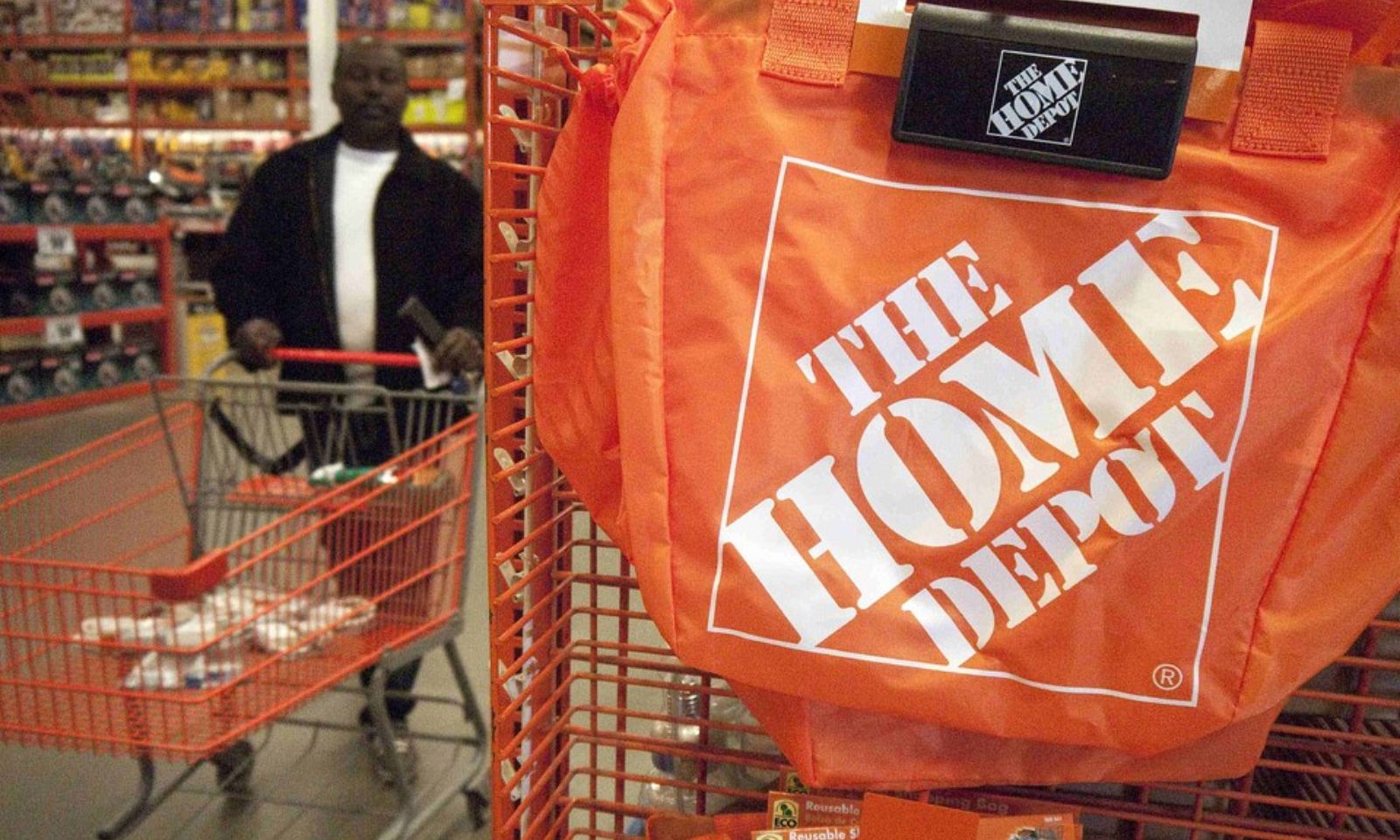In the digital age, the protection of employee and customer data has become a paramount concern for companies worldwide. Recently, Home Depot, the titan of home improvement retail with an extensive network of over 2,300 stores across North America and a workforce exceeding 475,000 individuals, found itself in the throes of a cybersecurity debacle. This incident sheds light on the pervasive threat of data breaches and the silent dangers of third-party affiliations, sending ripples of concern throughout the industry.

The Breach Unfolds
On an otherwise unremarkable Thursday in April 2024, the cybersecurity community was abuzz with the news of a data breach affecting none other than Home Depot. A threat actor, known in the digital underbelly as IntelBroker, divulged that they had obtained corporate information pertaining to approximately 10,000 employees of the home improvement behemoth. The breach was initially brought to light through a post on a notorious hacking forum, prompting immediate investigation and response from concerned parties.
Home Depot confirms third-party data breach exposed employee info – @LawrenceAbramshttps://t.co/HIRKitTS20https://t.co/HIRKitTS20
— BleepingComputer (@BleepinComputer) April 7, 2024
How It Happened
The source of this digital leak was traced back to a third-party Software-as-a-Service (SaaS) vendor engaged by Home Depot. During what was meant to be a routine system test, a “small sample” of employee data, including names, work email addresses, and user IDs, was inadvertently made public. Though the information exposed might seem innocuous at first glance—lacking in direct financial or highly sensitive personal details—the potential for misuse in targeted phishing scams cannot be underestimated.

The Aftermath and Implications
Home Depot’s swift acknowledgment and response to the incident highlight the retailer’s commitment to cybersecurity. However, the breach underscores a critical vulnerability not just within Home Depot but across the retail sector: the reliance on third-party vendors and the inherent risks therein. These entities, often integrated deeply into the company’s digital and operational infrastructure, can inadvertently become the weakest link in the security chain.
The leaked data, while not immediately detrimental, opens the door for sophisticated phishing attacks aimed at Home Depot employees. By masquerading as legitimate corporate communications, cybercriminals can lure unsuspecting victims into divulging sensitive information, such as login credentials. This could potentially lead to more devastating breaches, including unauthorized access to corporate networks, theft of confidential data, or even the deployment of ransomware.
A Name Familiar in Cybersecurity Circles
IntelBroker, the moniker behind this breach, is no stranger to the cybersecurity limelight. Previously implicated in high-profile breaches, including the compromise of DC Health Link and subsequent exposure of sensitive data belonging to U.S. House members and their families, IntelBroker’s activities have catalyzed significant media attention and even congressional hearings. The actor’s continued involvement in cybersecurity incidents underlines the persistent and evolving threat posed by cybercriminals to institutions of all sizes and sectors.

Home Depot Lessons for the Future
The Home Depot data breach serves as a potent reminder of the critical need for robust cybersecurity measures, not only within a company’s direct control but also within its extended network of partners and vendors. Businesses, particularly those of considerable scale and reach, must undertake thorough vetting processes, enforce stringent security standards, and maintain continuous vigilance to safeguard against such vulnerabilities.
For employees, the breach is a clarion call to exercise caution with corporate communications, especially those requesting sensitive information. Reporting suspicious emails to IT departments can help prevent the escalation of security incidents.










